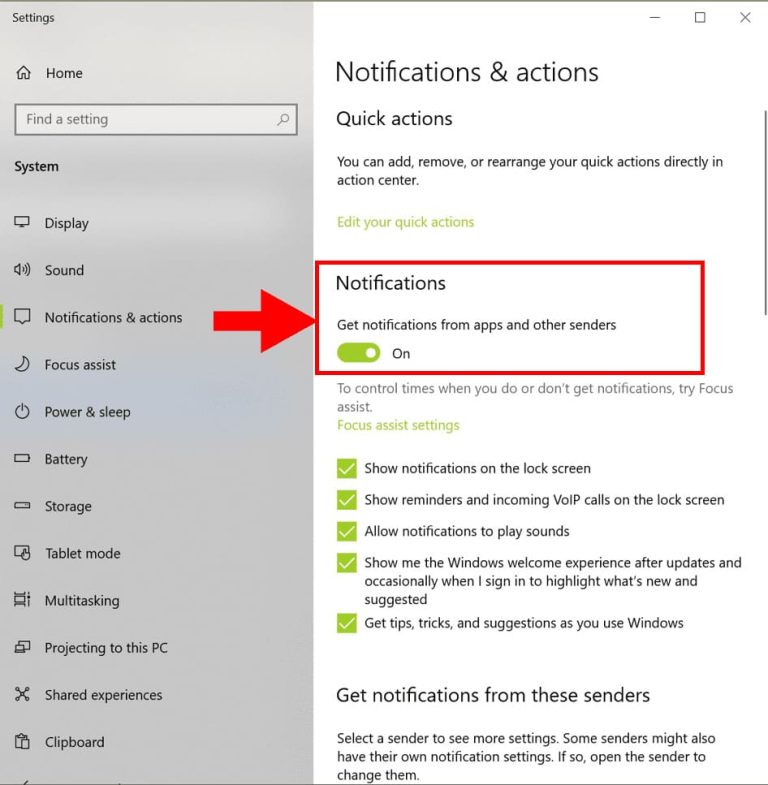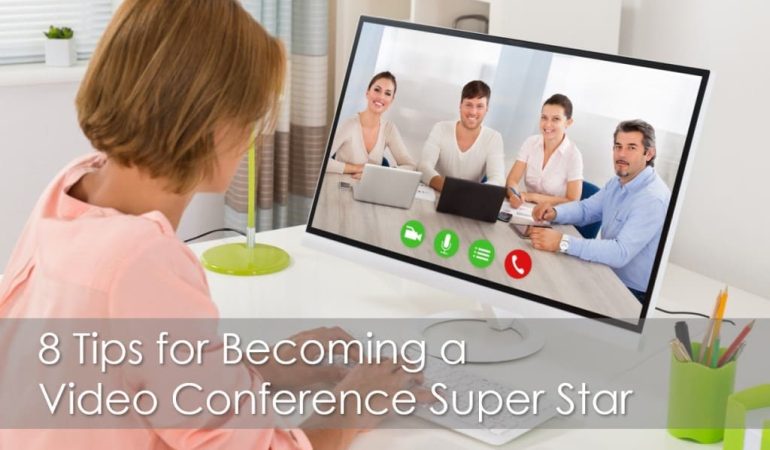
8 Tips for Becoming a Video Conference Super-Star
More than 26 million Americans—about 16% of the total workforce—work remotely at least part of the time, according to a 2019 U.S. Bureau of Labor Statistics (BLS) report. Between 2005 and 2015, the number of U.S. employees who telecommuted increased by 115%. It’s hard to imagine what those numbers might look like today in our new COVID-19 world.
Working remotely might be easy for some but many professionals still need to meet with clients. Face-to-face meetings are the most effective because they provide a better human connection and less chance of miscommunication – but how do we do that in a COVID-colored world? Enter the popularity of Zoom, GoToMeeting, Microsoft Teams and many other video conferencing platforms – making online, virtual meetings more accessible and a close runner up to a physical in-person visit.
Hosting or presenting during a video conference or virtual meeting introduces a whole new set of problems. Maneuvering PowerPoint slides, jumping back and forth between two or even three monitors, etc. can make a well-practiced face-to-face meeting expert look like a novice in no time. Below are eight pointers that will help you become a video conference super star!
1. Plug and Play
Nothing can ruin a good video conference like a frozen video camera or choppy audio/video. Streaming video uses a lot bandwidth (the amount of data that can be transmitted over the internet). A poor internet connection or not enough available bandwidth can negatively affect the quality of your video and audio.
The first thing you can do to avoid bandwidth issues is to always hard wire to your internet connection during video conferences, especially if you’re presenting. WiFi can be spotty and less reliable. Physically connecting your computer to your modem with a network cable minimizes problems that arise when sending large amounts of data wirelessly. If hard wiring doesn’t solve the problem, you might consider increasing your bandwidth through your internet service provider (ISP). Most internet providers offer different ‘speed tiers’ (data upload/download speeds) at different price points. Lower speed tiers help make internet more affordable for folks who don’t need high-speed connectivity. A few more dollars per month is a small price to pay for smoother, more professional video calls.
2. Get Unplugged
Another bandwidth eater that could affect video call quality is if you’re connecting through a VPN (virtual private network). Many company’s use VPN’s to add a layer of security and to allow employees to access documents or software on a company server. Unfortunately, there’s a price to pay for connecting through VPN’s.
First a little background info. Typically, when you access a website on the internet, you start by connecting to your internet service provider (ISP). They redirect you to the websites and other online resources that you wish to visit. All your internet traffic passes through your ISP’s servers, which means they can see and log everything you do online. VPN redirects your internet traffic through a specially configured remote server and typically adds additional encryption – keeping your data private. While this is more secure and gives you access to work servers, this additional step may slow your connection down, affecting your video quality.

If you’re experiencing poor audio/video quality, you might try disconnecting from your VPN temporarily to see if things improve. However, don’t forget to get save any documents you will need during your meeting locally on your PC. Also, remember to reconnect after your video call, especially if your company has a policy requiring employees who work remotely to use VPN.
3. Smile for the Camera
While it might seem like a no-brainer to look at the camera during a video call, many people don’t – especially when using multiple monitors. It can be distracting and maybe even an unflattering angle if you’re using a laptop camera and then looking at a different external monitor. For a professional looking video call, you should make sure your video conference software (i.e. Zoom, GoToMeeting, etc.) is on the screen closest to the camera. If you’re using an external monitor, consider purchasing an external webcam mounted to the monitor.
4. Close Programs You Don’t Need
If you’re presenting during a video conference, you should close any programs or software that you don’t need during your call. When sharing your computer screen for a presentation, it can be distracting for attendees who can see a cluster of icons at the bottom of your screen. Aside from the distraction, your PC may have problems running all those programs. If you have multiple software programs and documents open and then add a video conference call on top of that, your PC processing power may get overloaded. Usually the first thing to crash is the thing eating up the most processing power… the video conference.
5. Turn off Notifications
We’ve all experienced it… you’re in a video call, someone is sharing their screen and an email or social media notification pops up. It can be distracting but it may also be embarrassing or reveal information you might not want to share. Before your video call, you should turn off all notifications for email, Microsoft Teams or instant messengers, social media, etc. If your computer is running Windows 10, there’s one toggle button to turn off ALL notifications. To get there, open your Settings and then click Notifications & Actions; the on/off toggle is on the top. See image below. You may want to consider leaving notifications turned off even after your video call. Notifications popping up throughout the day can distract you from your regular work tasks too.

6. Look Behind You
Another annoyance during video calls could be hiding right behind you. A cluttered or messy background or a television or people moving around behind you can divert the attention of attendees. Most video conference platforms have a feature that allows you to blur your background or even choose a more professional background image. While those features are nice, the technology can be a little glitchy still – which could cause more distraction than what’s really going on behind you. If possible, you should try to tidy up your background, chose another location for video calls or invest in a solid color curtain or fabric to hang behind you.
7. We Can’t Hear You
Nothing is more annoying during a video call than the squeal of feedback, constant echoing or other distracting background noise. While some background noise can’t be avoided, a best practice should be to always use a headset rather than the built-in microphone and speakers. You should also make it a habit to mute your mic when you’re not speaking to help minimize any noise clutter.
8. Practice, Practice… Practice!
As with any new endeavor, practice makes perfect. Your first couple calls may be clunky, but a little practice and you’ll soon get the hang of it. You should become familiar with the settings and features of your video conference platform. You should practice launching your video conference software, sharing and un-sharing your screen, muting and un-muting your mic, etc. before the video calls begin.
Below is a Pre-Meeting Checklist that should help you become a video conference super star, every time!
- Connect your PC to the internet via network cable
- Turn off your VPN
- Turn off your notifications
- Close all un-needed software and documents
- Plug in your headset/microphone and webcam
- Launch your video conference platform and check your background
- Have a great meeting!




